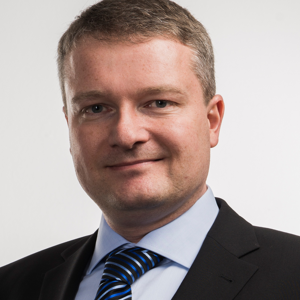Hello @Abdullah Alattar ,
Welcome to Microsoft Q&A Platform. Thank you for reaching out & hope you are doing well.
I understand that you have configured Azure VPN with Azure AD authentication and currently the users are prompted to enter their password when they connect for the first time, after that they don't get the prompt to enter password and can connect directly. But you want the user to be prompted to enter their password each time they try to connect to VPN.
SSO is enabled by default for Azure VPN Client.
When you connect to Azure VPN client (Azure AD + OpenVPN) for the first time, it prompts for your user account and password and post that it presents the below prompt for SSO (single sign-on) options:

Option 1: If you choose "Allow my organization to manage my device" option, it registers your device to Azure AD and the credentials are stored using Primary Refresh Token (PRT) and hence there are no password prompts from next time whenever you try to connect to Azure VPN.
The registration of device can be found in your Windows Settings > Accounts > Access Work or School as below:

You can see your Azure AD account connected here and if you disconnect this, the password prompt comes back when trying to connect to Azure VPN client, but it presents the SSO options again and the cycle continues.
Option 2: If you choose "No, sign into this app only", the credentials are stored in the VPN client and hence there are no password prompts from next time whenever you try to connect to Azure VPN. There are no settings to get this option removed.
So, no matter which option you choose, the SSO remains in effect and doesn't prompt for password for consecutive connections.
Workaround: The only way to limit the SSO token is through the AAD configuration: token lifetime configuration or conditional access policies at the moment.
With AAD Conditional Access Policies the AAD Admin can set Sign In frequency (minimum value 1hour).
Reference : https://learn.microsoft.com/en-us/azure/active-directory/conditional-access/howto-conditional-access-session-lifetime#policy-1-sign-in-frequency-control

Kindly let us know if the above helps or you need further assistance on this issue.
Please "Accept the answer" if the information helped you. This will help us and others in the community as well.

